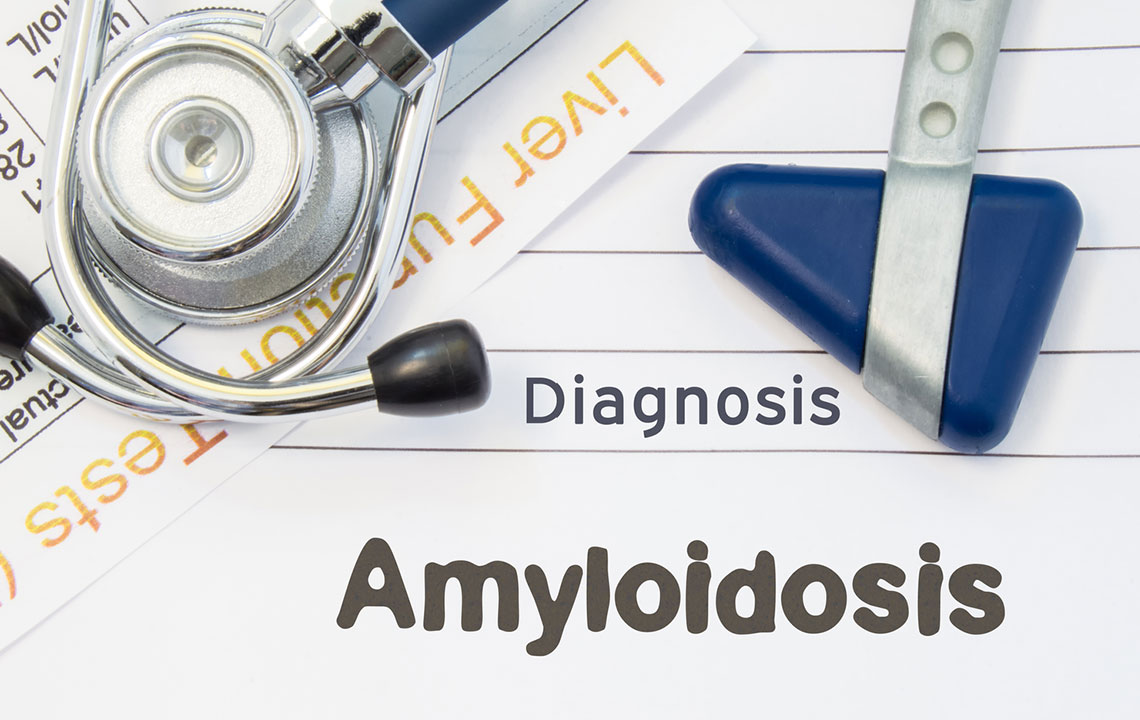Comprehensive Guide to Managing the Four Main Types of Amyloidosis
This article provides an in-depth overview of the four main types of amyloidosis, their symptoms, and targeted treatment strategies. It highlights the importance of personalized approaches, including supportive, source, and combination therapies. Understanding these options helps in managing this complex disease effectively and improving patient outcomes.
Sponsored

Amyloidosis is a rare condition characterized by the abnormal buildup of amyloid proteins in tissues and organs throughout the body. It often targets the heart, kidneys, liver, spleen, and digestive system. Annually, over 4,000 new cases are diagnosed, mostly in individuals aged 50 to 65. The disease is classified into various types, each requiring specific treatment approaches.
Primary amyloidosis (AL)
This is the prevalent form, resulting from an abnormal plasma cell activity that produces excess light chains of immunoglobulins. It commonly coexists with blood disorders such as multiple myeloma, lymphoma, or Waldenstrom’s macroglobulinemia. Patients often experience heart failure, kidney impairment, liver enlargement, and tongue swelling.
Supportive therapy: Addresses symptoms and organ damage, aiming to improve life quality, especially for cardiac and renal issues.
Source-directed therapy: Focuses on reducing amyloid production by targeting the root cause, providing long-term relief.
Combination treatments: Utilizes chemotherapy, proteasome inhibitors, and immunomodulators tailored to patient needs, showing promising results.
Secondary amyloidosis (AA)
Develops from chronic inflammatory diseases like rheumatoid arthritis or familial Mediterranean fever. It primarily affects the kidneys but can involve other organs. The protein deposits, known as AA proteins, form fibrils in tissues.
Handling secondary amyloidosis: Treatment options are limited; the goal is to control inflammation with biological agents such as anti-TNF and IL-6 inhibitors. Dialysis may be necessary in cases of kidney failure.
Familial amyloidosis (ATTR)
This inherited form stems from mutations in the transthyretin gene, leading to protein abnormalities causing heart muscle thickening and nerve issues. Symptoms typically appear between ages 40 and 55. With over 100 mutations identified, treatment is complex.
ATTR stabilizers: Medications that keep the transthyretin protein stable, preventing fibril formation.
ATTR silencers: Drugs targeting the liver to reduce transthyretin production, especially beneficial for nerve symptoms.
Fibril disruptors: New agents that break down existing amyloid fibrils, aiding in disease management.
Liver transplantation may be considered since TTR is produced in the liver.
Localized amyloidosis (ALoc)
This form causes amyloid deposits in specific locations like the airways, bladder, or eyes. Often resulting from immunoglobulin light chains not originating from the bone marrow, it may also involve proteins produced in the skin or heart.
Managing localized amyloidosis: Treatment targets the primary condition, which can involve surgery, medication, or both. Therapies aimed at the specific proteins involved can slow disease progression.
Monitoring symptoms carefully and supportive care, including pain management and counseling, are essential for patient well-being.






